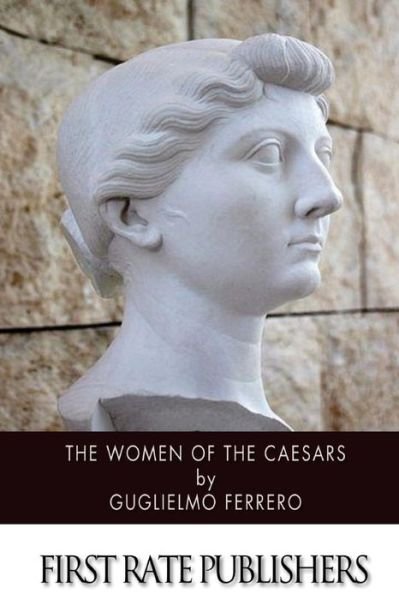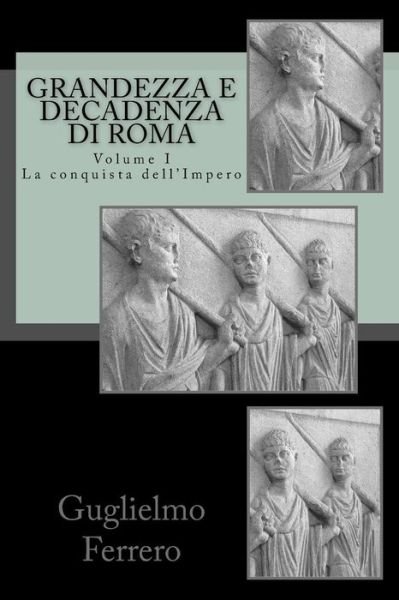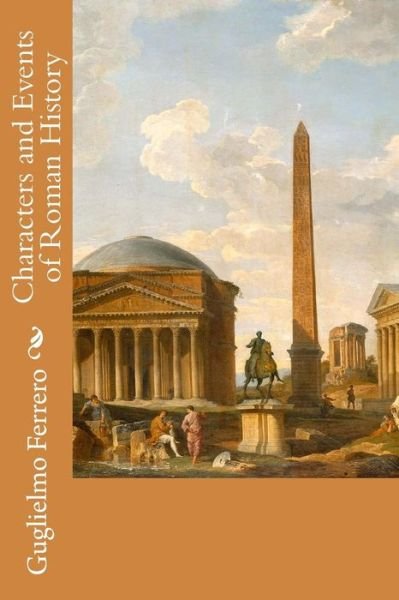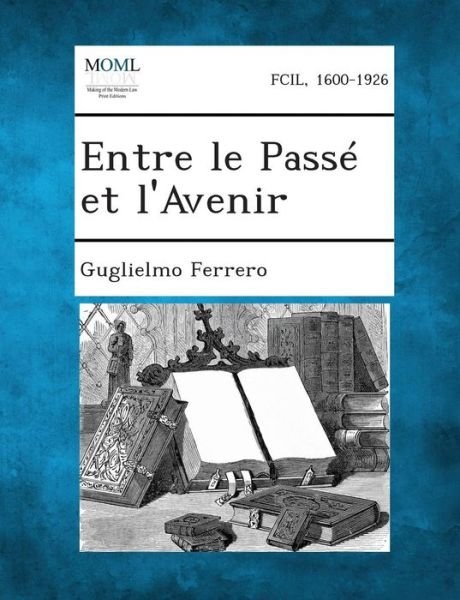
Tell your friends about this item:
The Women of the Caesars
Guglielmo Ferrero
The Women of the Caesars
Guglielmo Ferrero
Publisher Marketing: From the preface: ""Many things that among the Greeks are considered improper and unfitting," wrote Cornelius Nepos in the preface to his "Lives," "are permitted by our customs. Is there by chance a Roman who is ashamed to take his wife to a dinner away from home? Does it happen that the mistress of the house in any family does not enter the anterooms frequented by strangers and show herself among them? Not so in Greece: there the woman accepts invitations only among families to which she is related, and she remains withdrawn in that inner part of the house which is called the gynaeceum, where only the nearest relatives are admitted." This passage, one of the most significant in all the little work of Nepos, draws in a few, clear, telling strokes one of the most marked distinctions between the Greco-Asiatic world and the Roman. Among ancient societies, the Roman was probably that in which, at least among the better classes, woman enjoyed the greatest social liberty and the greatest legal and economic autonomy. There she most nearly approached that condition of moral and civil equality with man which makes her his comrade, and not his slave-that equality in which modern civilization sees one of the supreme ends of moral progress. The doctrine held by some philosophers and sociologists, that military peoples subordinate woman to a tyrannical regime of domestic servitude, is wholly disproved by the history of Rome. If there was ever a time when the Roman woman lived in a state of perennial tutelage, under the authority of man from birth to death-of the husband, if not of the father, or, if not of father or husband, of the guardian-that time belongs to remote antiquity. When Rome became the master state of the Mediterranean world, and especially during the last century of the republic, woman, aside from a few slight limitations of form rather than of substance, had already acquired legal and economic independence, the condition necessary for social and moral equality. As to marriage, the affianced pair could at that time choose between two different legal family regimes: marriage with manus, the older form, in which all the goods of the wife passed to the ownership of the husband, so that she could no longer possess anything in her own name; or marriage without manus, in which only the dower became the property of the husband, and the wife remained mistress of all her other belongings and all that she might acquire. Except in some cases, and for special reasons, in all the families of the aristocracy, by common consent, marriages, during the last centuries of the republic, were contracted in the later form; so that at that time married women directly and openly had gained economic independence." Contributor Bio: Ferrero, Guglielmo Guglielmo Ferrero; July 21, 1871 - August 3, 1942) was an Italian historian, journalist and novelist, author of the Greatness and Decline of Rome (5 vols., published after English translation 1907-1909). Ferrero devoted his writings to classical liberalism and he opposed any kind of dictatorship and Big Government. Born in Portici, near Naples, Ferrero studied law in Pisa, Bologna and Turin. Soon afterward he married Gina Lombroso, a daughter of Cesare Lombroso, the criminologist and psychiatrist with whom he wrote Criminal Woman, the Prostitute and the Normal Woman. In 1891-1894 Ferrero traveled extensively in Europe and in 1897 wrote The Young Europe, a book which had a strong influence over James Joyce.[2] After studying the history of Rome Ferrero turned to political essays and novels (Between Two Worlds in 1913, Speeches to the Deaf in 1925 and The Two Truths in 1933-1939). When the fascist reign of Black Shirts forced liberal intellectuals to leave Italy in 1925, Ferrero refused and was placed under house arrest. In 1929 Ferrero accepted a professorship at the Graduate Institute of International Studies in Geneva. His last works (Adventure, Bonaparte in Italy, The Reconstruction of Europe, The Principles of Power and The Two French Revolutions) were dedicated to the French Revolution and Napoleon. Ferrero was invited to the White House by Theodore Roosevelt in 1908. He gave lectures in the northeast of the USA which were collected and published in 1909 as Characters and Events of Roman History. Additionally, Theodore Roosevelt read "The Greatness and Decline of Rome." He died in 1942 at Mont-Pelerin-sur-Vevey, Switzerland. External links
| Media | Books Paperback Book (Book with soft cover and glued back) |
| Released | May 30, 2014 |
| ISBN13 | 9781499718461 |
| Publishers | Createspace |
| Genre | Chronological Period > Ancient (To 499 A.d.) |
| Pages | 66 |
| Dimensions | 152 × 229 × 4 mm · 99 g |
More by Guglielmo Ferrero
See all of Guglielmo Ferrero ( e.g. Paperback Book , Hardcover Book and Book )

















![Cover for Guglielmo Ferrero · Größe Und Niedergang Roms (Paperback Book) [German edition] (2013)](https://imusic.b-cdn.net/images/item/original/435/9783846029435.jpg?guglielmo-ferrero-2013-gro-e-und-niedergang-roms-paperback-book&class=scaled&v=1601392616)



